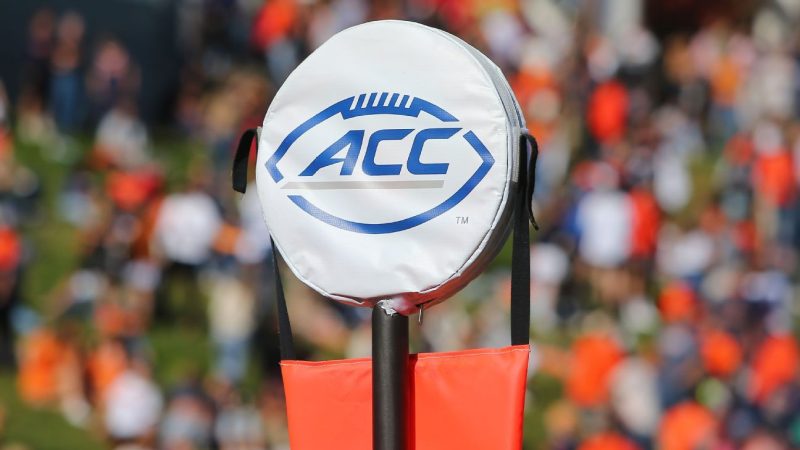
The Atlantic Coast Conference (ACC) recently announced record-breaking revenue distribution for the 2023-24 academic year, totaling a staggering $711 million. This translates to an unprecedented $45 million per school, a significant increase from previous years and a testament to the growing financial power of college athletics.
This impressive financial performance comes amidst significant change within the ACC. The figures reflect the final year before the addition of SMU, Stanford, and Cal, showcasing a modest year-over-year growth and a substantial 56% increase compared to five years prior. Despite this success, the ACC still lags behind the SEC and Big Ten in overall revenue, a disparity that has fueled considerable debate and even legal action.
Florida State and Clemson, in particular, filed lawsuits challenging the ACC’s grant of rights agreement, a contract that binds member schools until 2036. However, a recent settlement has been reached, introducing a revised revenue-sharing model that prioritizes the most prominent programs within the conference. This aims to address the concerns of top-tier schools and potentially bridge the gap in revenue compared to their SEC and Big Ten counterparts.
ACC Commissioner Jim Phillips expressed optimism about the settlement, believing it will bring stability to the conference for the next three to four years. He emphasized the need for calm amidst the current turbulence in college athletics, hoping that this agreement will usher in a more settled period of growth and development for the ACC.
Further contributing to the increased revenue is the implementation of “success initiatives.” While not yet reflected in these figures, these initiatives reward schools with higher postseason revenue based on success in football and men’s and women’s basketball. Combined with the new brand-based payout system (calculated over five years based on TV ratings), these initiatives are expected to significantly boost the revenue of the ACC’s top programs.
In comparison, the Big Ten reported $880 million in revenue for 2022-23, a figure expected to rise considerably with their new lucrative TV deal. The SEC, meanwhile, distributed $808 million in 2023-24, averaging approximately $53 million per school. While the ACC’s $45 million per school is a substantial amount, the gap between the ACC and the other two power conferences remains a key factor in the future landscape of college sports. The coming years will be crucial in determining the long-term impact of these changes and the ACC’s ability to compete financially with its rivals.










